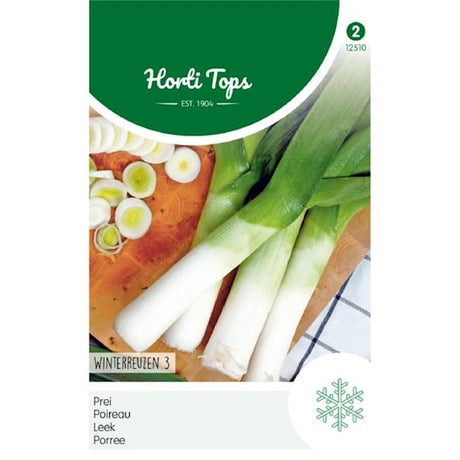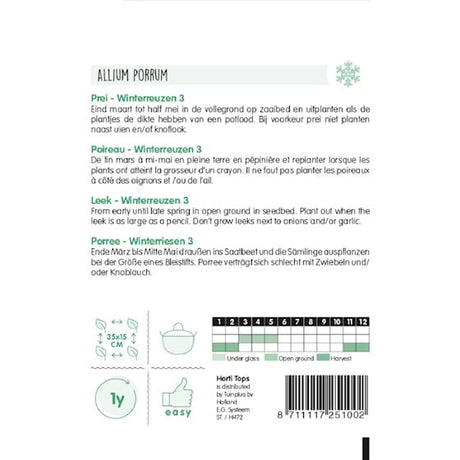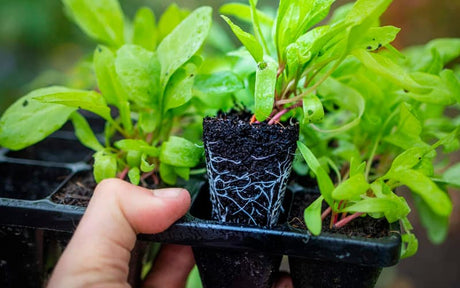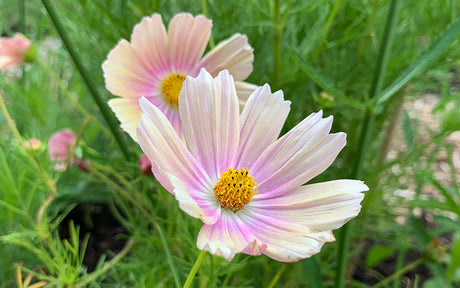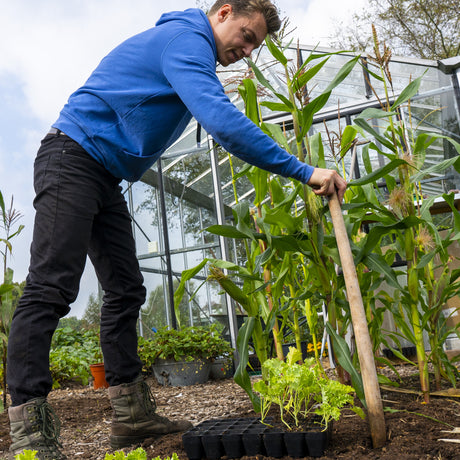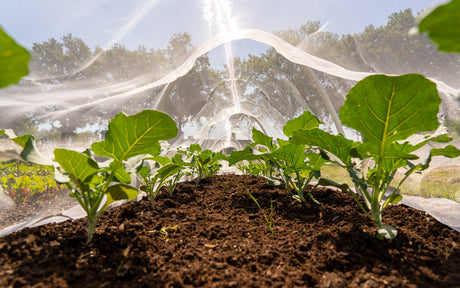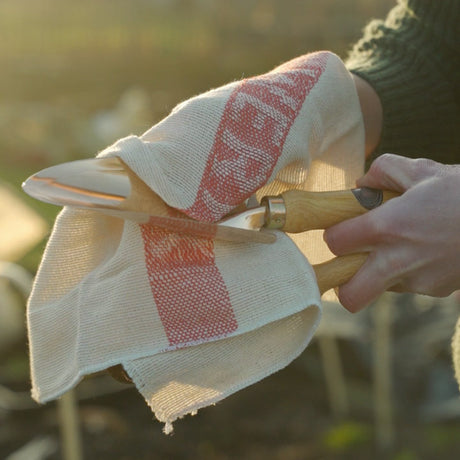Leeks, with their mild onion-like flavor, are a gourmet addition to any garden. Unlike their quicker-growing relatives, leeks require patience and a bit of extra care to achieve their full potential. This guide will walk you through the unique processes of cultivating leeks, including the traditional blanching technique that enhances their delicate flavor and succulent texture.
- 2,50Unit price /Unavailable
- 3,49Unit price /Unavailable
- 2,45Unit price /Unavailable
Master the Art of Growing Leeks for Exceptional Culinary Delights
Unique Aspects of Leek Cultivation
Leeks are distinguished by their ability to grow in a variety of climates but thrive best in cooler temperatures. They have a lengthy growing season, often requiring several months from sowing to harvest. This long duration allows their distinct flavors to develop fully, making them well worth the wait.
Planting and Soil Requirements
Leeks prefer a sunny location with well-drained, fertile soil. Enrich the soil with plenty of organic matter before planting. Leeks benefit from a deep, loose growing medium that allows for the development of their long stems. Start seeds indoors early in the spring, or direct sow them as soon as the ground is workable.
Cultivating Techniques
Space leek seedlings about 15-20 cm apart to give them room to expand. As leeks grow, gradually mound soil around the stems or use plant collars to cover the lower part of the stems; this blanching process shields the stem from sunlight, ensuring it remains tender and white.
Multi-sowing
Leeks can benefit from multi-sowing them. Sowing 3 or 4 seeds per clump will greatly increase the harvest per m2. Once one of the leeks is ready to harvest, pull and twist it away from the rest and let them grow on.
Watering and Feeding
Maintain consistent moisture throughout the growing season, as leeks are not drought-tolerant. Regular watering is crucial, especially during dry spells. Feed leeks with a balanced fertilizer to support their long-term growth and ensure robust plants.
Harvesting and Storage
Leeks are ready for harvest once their stems have thickened, typically late in the summer through to the fall. They can remain in the ground until needed, making them an excellent winter vegetable. For storage, leeks can be kept in a cool, dry place or in the refrigerator where they will last for several weeks.
Pest and Disease Management
Protect leeks from pests like leek moths and onion thrips by using floating row covers or appropriate organic pesticides. Good crop rotation practices and proper spacing will minimize the risk of fungal diseases, such as leek rust, which thrives in congested, damp conditions.


